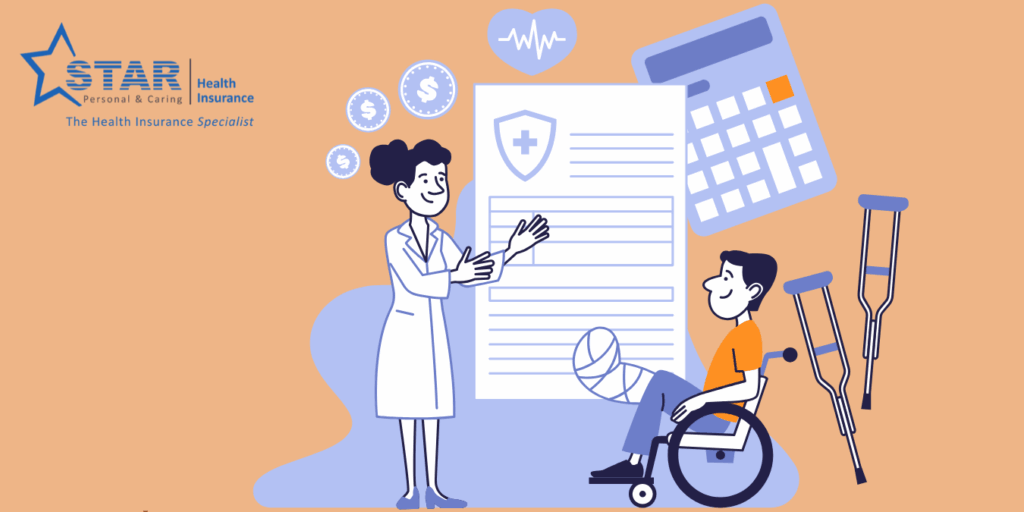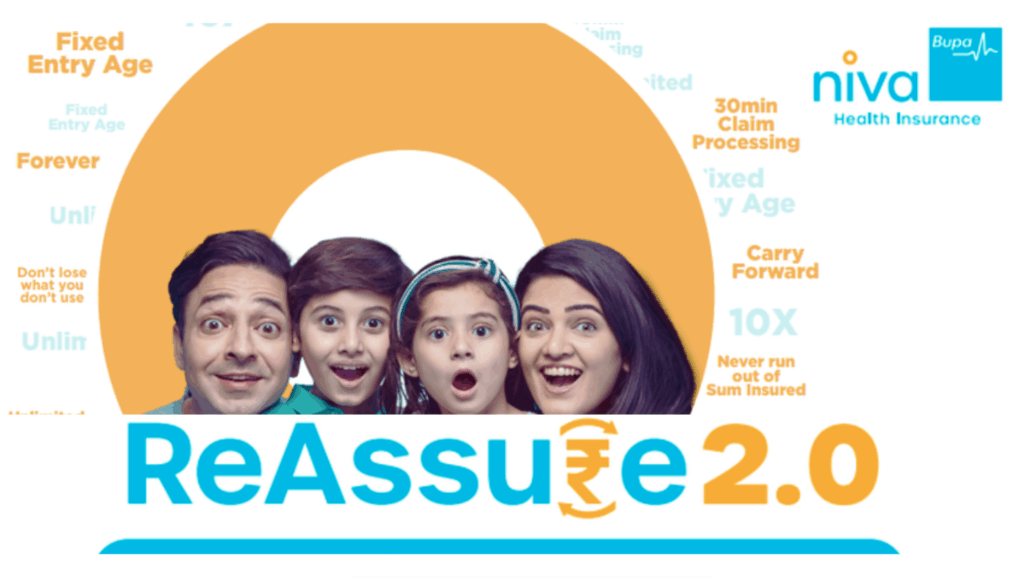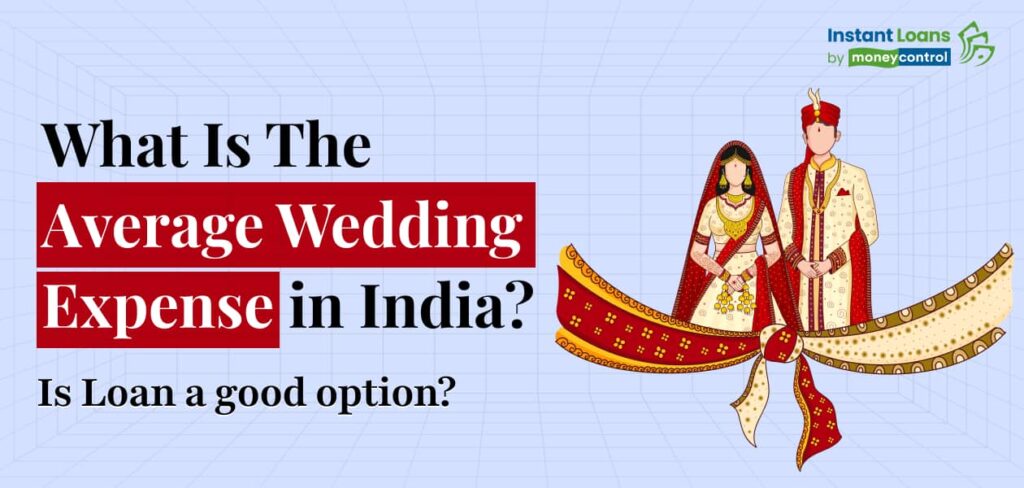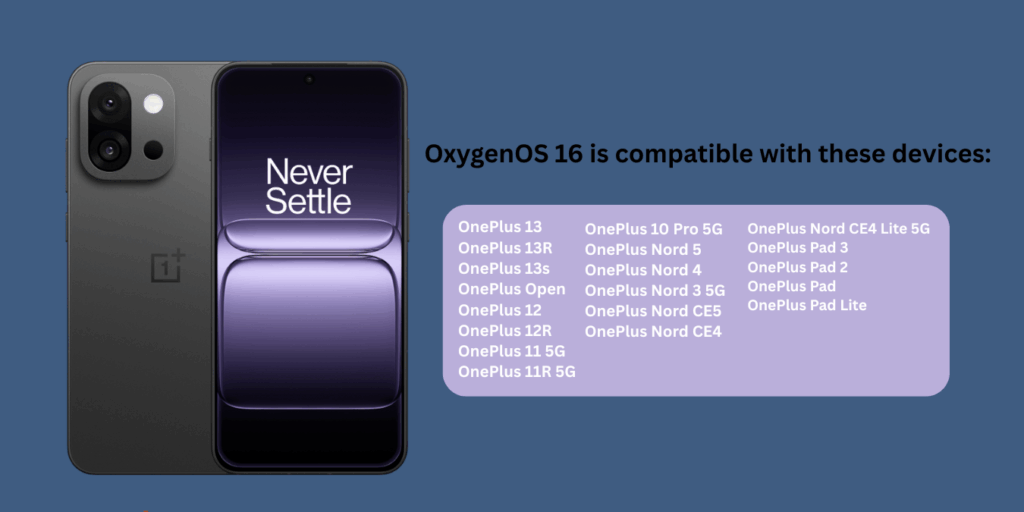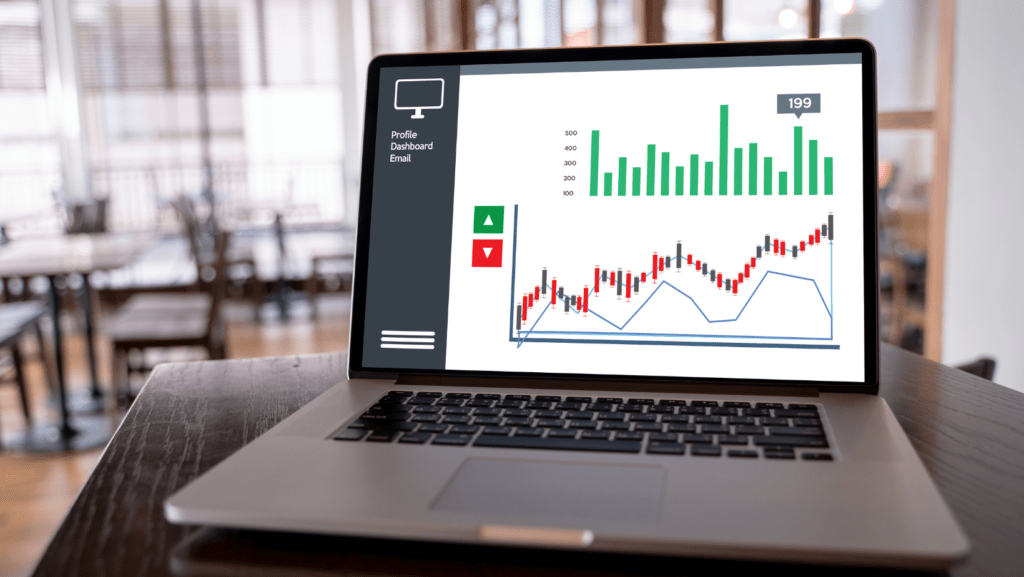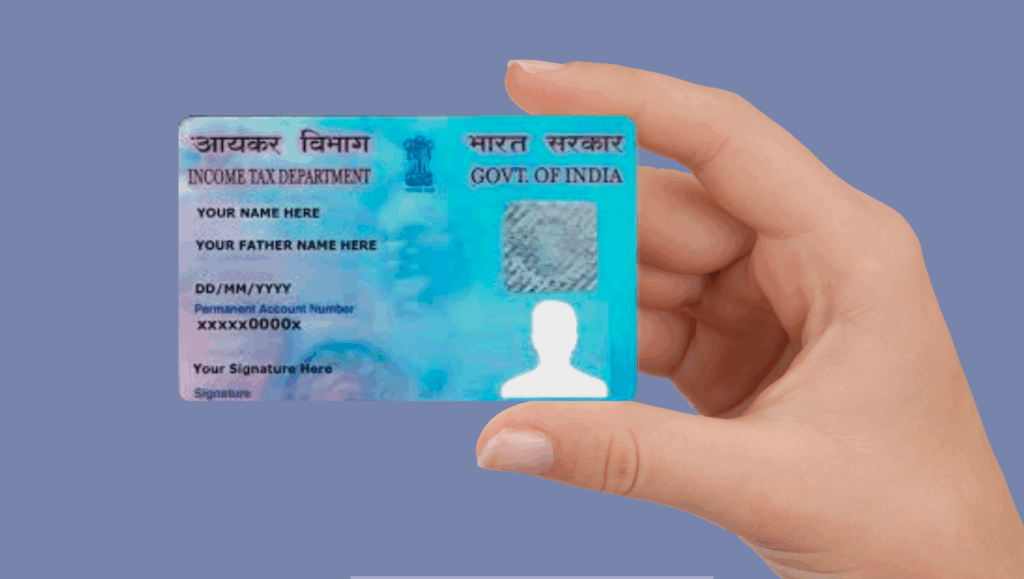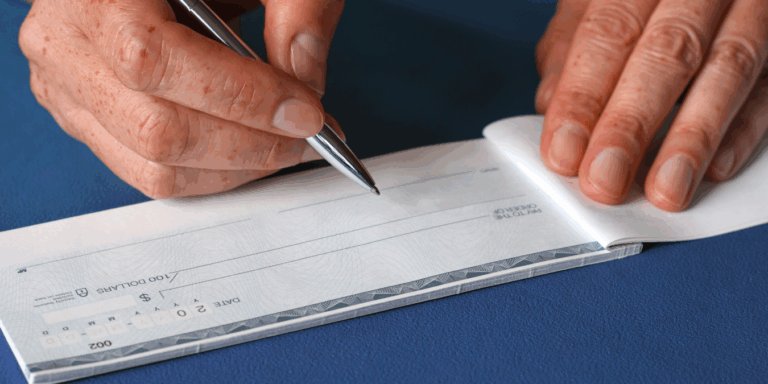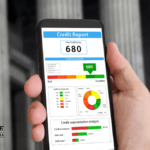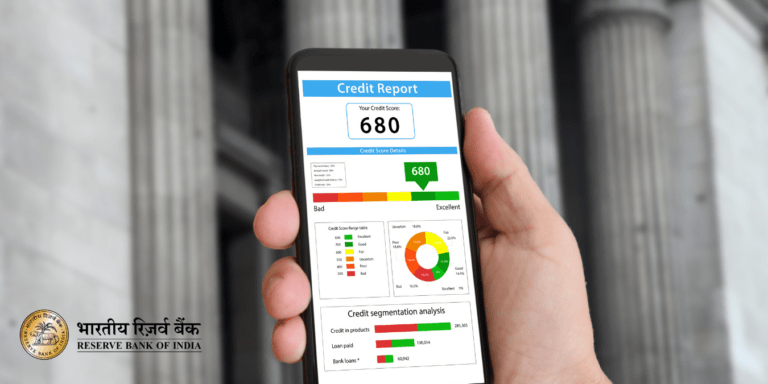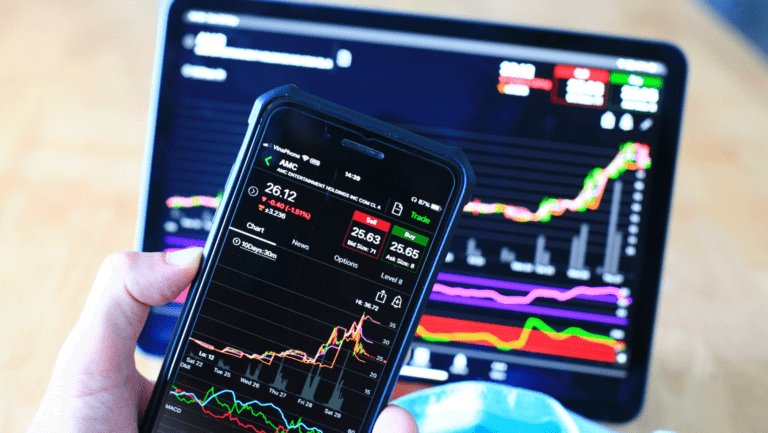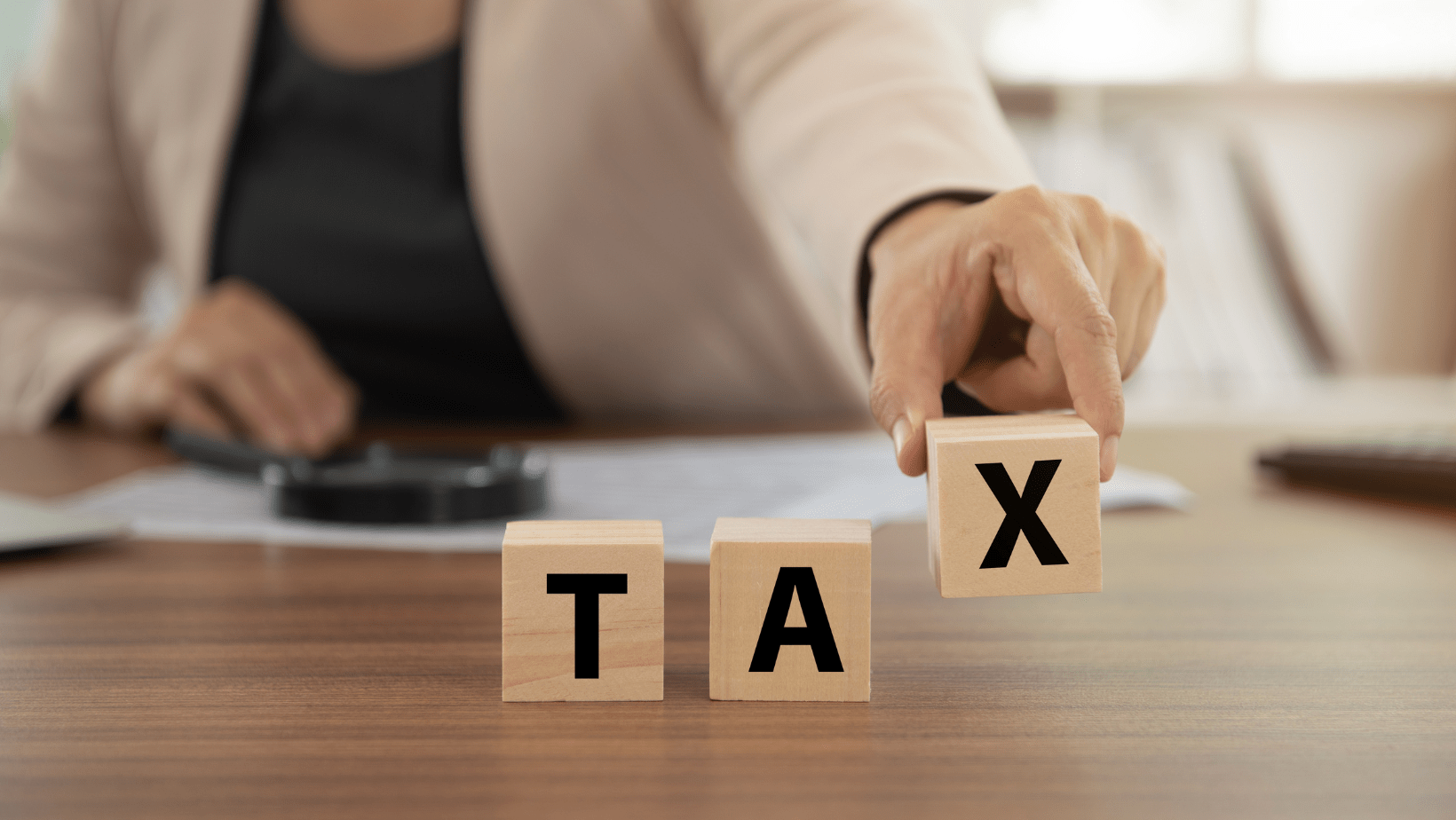
Learn about the key changes in Section 44ADA for FY 2025-26, including revised presumptive taxation limits for professionals. Stay updated on new provisions, eligibility criteria, and compliance requirements to optimize tax benefits under the updated income tax rules. Essential reading for freelancers, consultants, and small business owners
The presumptive taxation scheme under Section 44ADA of the Income Tax Act, 1961, continues to be a game-changer for small professionals in India, offering a simplified tax compliance framework. With the Financial Year (FY) 2025-26 (Assessment Year 2026-27) approaching, professionals such as doctors, lawyers, engineers, and freelancers are eager to understand the latest updates to this section. This blog post dives deep into the changes in Section 44ADA for FY 2025-26, its implications, eligibility criteria, and benefits, ensuring you stay compliant while optimizing your tax strategy.
What is Section 44ADA?
Introduced in 2016, Section 44ADA provides a presumptive taxation scheme for small professionals, allowing them to declare 50% of their gross receipts as taxable income without maintaining detailed books of accounts or undergoing audits (unless specific conditions apply). This section targets professionals like:
- Legal professionals (lawyers, advocates)
- Medical professionals (doctors, surgeons)
- Engineers and technical consultants
- Architects, interior decorators, and chartered accountants
- Film artists, company secretaries, and other notified professionals
The scheme reduces compliance burdens, encourages tax compliance, and simplifies tax filing for professionals with gross receipts up to a specified limit. However, updates in the Income Tax Bill 2025 and prior budgets have introduced changes that impact how professionals can leverage Section 44ADA in FY 2025-26. Let’s explore these updates in detail.
Key Changes in Section 44ADA for FY 2025-26
The Income Tax Bill 2025 and prior amendments, notably from Budget 2023, have clarified and modified provisions under Section 44ADA. Below are the significant changes and clarifications for FY 2025-26:
1. Clarification on Declaring Actual Profits vs. Presumptive Rate
One of the most critical updates introduced by the Income Tax Bill 2025 is the clarification on declaring income under Section 44ADA. Previously, there was ambiguity about whether professionals could declare only the presumptive rate (50% of gross receipts) or if they had to report actual profits if higher. The new provision mandates:
- Professionals must declare the higher of:
- 50% of gross receipts (the presumptive rate), or
- Actual profits earned in the financial year.
This change ensures that professionals with profit margins exceeding 50% cannot underreport income by sticking to the presumptive rate. For example:
Illustration:
Dr. Shweta, a medical practitioner, has gross receipts of ₹60 lakhs in FY 2025-26. Her actual expenses are ₹20 lakhs, resulting in an actual profit of ₹40 lakhs (66.67% of receipts). Under the new rule:
- Presumptive income: 50% of ₹60 lakhs = ₹30 lakhs
- Actual profit: ₹40 lakhs
- Taxable income: ₹40 lakhs (higher of the two)
This clarification prevents high-earning professionals from exploiting the presumptive scheme to reduce tax liability, promoting fairness in tax compliance.
2. Increased Threshold Limits
The threshold limit for eligibility under Section 44ADA was increased in Budget 2023, effective from AY 2024-25, and continues to apply in FY 2025-26. The limits are:
- ₹75 lakhs: Professionals can opt for Section 44ADA if their gross receipts do not exceed ₹75 lakhs, provided cash receipts are less than 5% of total receipts (i.e., 95% of receipts are through digital modes like bank transfers, UPI, or cheques).
- ₹50 lakhs: If cash receipts exceed 5%, the threshold reverts to ₹50 lakhs.
This increase from the earlier ₹50 lakh limit (irrespective of payment mode) encourages digital transactions and widens the scheme’s applicability. For instance, a freelance interior decorator receiving 98% of payments via UPI can avail the scheme with receipts up to ₹75 lakhs.
Example:
Mr. Rajat, an architect, has gross receipts of ₹70 lakhs in FY 2025-26, with ₹2 lakhs in cash (2.86% of receipts). Since cash receipts are below 5%, he qualifies for the ₹75 lakh limit and can opt for Section 44ADA, declaring ₹35 lakhs (50% of ₹70 lakhs) as taxable income, unless his actual profits are higher.
3. No Mandatory Five-Year Continuity
Unlike Section 44AD (for businesses), which requires taxpayers to continue the presumptive scheme for five consecutive years or face a five-year bar on re-opting, Section 44ADA has no such restriction. Professionals can opt in or out of the scheme annually without penalties. This flexibility is a significant advantage, allowing professionals to switch to regular taxation if their profits fall below 50% or if they prefer claiming actual expenses.
Practical Insight:
A lawyer opting for Section 44ADA in FY 2025-26 can switch to regular taxation in FY 2026-27 if their expenses increase significantly, without worrying about a lock-in period.
4. Impact of the New Tax Regime
The Finance Act 2024 made the new tax regime the default for individuals, HUFs, and other eligible taxpayers, effective from AY 2024-25. This continues in FY 2025-26, but professionals can opt for the old tax regime to claim deductions under sections like 80C, 80D, or 24(b). Since Section 44ADA assumes 50% of receipts as income, combining it with the new tax regime (which offers fewer deductions but lower tax rates) can be tax-efficient for many professionals.
Example:
Ms. Parul, a chartered accountant, declares ₹25 lakhs as taxable income under Section 44ADA (50% of ₹50 lakhs gross receipts). Under the new tax regime, her tax liability is lower due to revised slabs (e.g., zero tax up to ₹12 lakhs with a ₹60,000 rebate). However, she can opt for the old regime if deductions like LIC premiums or housing loan interest are substantial.
5. No Additional Deductions Allowed
Under Section 44ADA, professionals cannot claim additional deductions for business expenses (e.g., rent, travel, or depreciation) beyond the presumed 50% expense allowance. This rule remains unchanged in FY 2025-26. However, deductions under Chapter VI-A (e.g., 80C, 80D) are still available, provided the professional opts for the old tax regime.
Key Consideration:
If a professional’s actual expenses exceed 50% of receipts, the presumptive scheme may result in higher taxable income. In such cases, they can opt out, maintain books, and claim actual expenses, but this requires an audit if income exceeds the basic exemption limit (₹3 lakhs in the old regime, ₹4 lakhs in the new regime).
6. Enhanced Compliance for High-Profit Professionals
The Income Tax Bill 2025 emphasizes that professionals with actual profits exceeding 50% must declare the higher amount. This change aligns with the government’s push for transparency and may lead to increased scrutiny by the Annual Information Statement (AIS). Assessing Officers (AOs) can request additional details if returns are selected for scrutiny, even under the presumptive scheme. Professionals are advised to maintain rough calculations or records to justify their declared income.
Practical Tip:
Use accounting software or spreadsheets to track receipts and expenses, even if not mandatory, to avoid discrepancies during scrutiny.
Eligibility Criteria for Section 44ADA in FY 2025-26
To opt for Section 44ADA in FY 2025-26, professionals must meet the following criteria:
- Eligible Professionals: Must be engaged in professions listed under Section 44AA(1), such as legal, medical, engineering, architecture, accountancy, technical consultancy, interior decoration, or notified professions (e.g., film artists, company secretaries).
- Resident Status: Applicable to resident individuals, Hindu Undivided Families (HUFs), and partnership firms (excluding Limited Liability Partnerships (LLPs)).
- Gross Receipts Limit:
- Up to ₹75 lakhs if cash receipts are ≤5% of total receipts.
- Up to ₹50 lakhs if cash receipts exceed 5%.
- Taxable Income: Declare at least 50% of gross receipts as income or actual profits if higher.
Note: Non-residents and LLPs are explicitly excluded from Section 44ADA.
Benefits of Section 44ADA for Professionals
The presumptive taxation scheme under Section 44ADA offers several advantages:
- Simplified Tax Filing: Eliminates the need for detailed bookkeeping, saving time and costs on accounting services.
- Reduced Compliance Burden: No mandatory audits unless income is below 50% of receipts and total income exceeds the basic exemption limit.
- Encourages Digital Transactions: Higher ₹75 lakh limit for professionals using digital payment modes aligns with India’s digital economy push.
- Tax Savings for Low-Expense Professionals: Professionals with expenses below 50% of receipts benefit from lower taxable income compared to actual profit calculations.
- Flexibility: No mandatory five-year commitment, unlike Section 44AD.
Drawbacks to Consider
While Section 44ADA is beneficial, it has limitations:
- Higher Taxable Income for High-Expense Professionals: If expenses exceed 50% of receipts, the presumptive scheme may increase tax liability.
- No Additional Deductions: Professionals cannot claim expenses like rent or travel, which may be significant for some.
- Scrutiny Risk: The requirement to declare actual profits if higher may lead to increased scrutiny, necessitating basic record-keeping.
- Not Suitable for High-Profit Professionals: Those with profits above 50% must declare actual profits, reducing the scheme’s appeal.
How to File ITR Under Section 44ADA for FY 2025-26
Professionals opting for Section 44ADA must file their Income Tax Return (ITR) using ITR-4 (Sugam), designed for presumptive taxation. Key steps include:
- Verify Eligibility: Ensure gross receipts and cash receipt percentages meet the threshold criteria.
- Calculate Taxable Income: Declare 50% of gross receipts or actual profits, whichever is higher.
- Choose Tax Regime: Decide between the new (default) or old tax regime based on deductions.
- File ITR-4: Enter details in the ITR-4 form, including gross receipts and taxable income under Section 44ADA.
- Pay Advance Tax: If tax liability exceeds ₹10,000, pay advance tax in installments to avoid interest under Section 234C.
Optimize Tax Savings
The changes in Section 44ADA for FY 2025-26 reflect the government’s commitment to simplifying taxation while ensuring transparency. The clarification on declaring actual profits, increased threshold limits, and flexibility to opt in/out annually make the scheme attractive for small professionals. However, professionals must evaluate their expense ratios and profit margins to decide whether Section 44ADA or regular taxation is more beneficial. With the new tax regime as the default, combining it with Section 44ADA can optimize tax savings for many.





